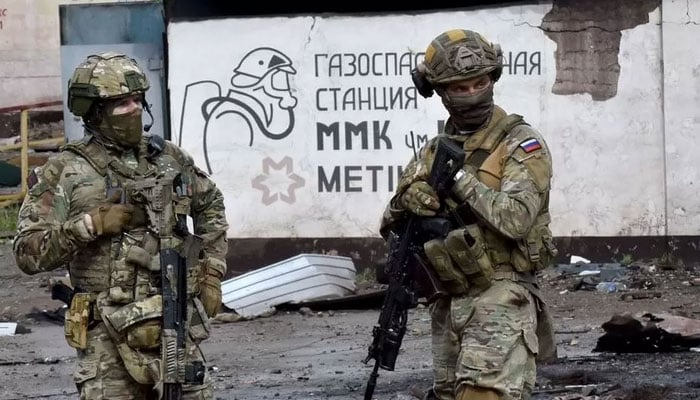
Contributed by LIPR Ambassador of Peace: By Egidio Inguscio
The relationship between war and climate change is neither simple nor linear. The same weather patterns will increase violence in one area and not in another. While some countries manage climate-induced competition well, others don’t manage it at all. Much depends on whether states are governed inclusively, are well equipped to mediate conflicts over resources, or can provide for citizens when their lives or livelihoods are upended. How much climate-related violence 2021 will see is uncertain, but the broader trend is clear enough: without urgent action, the danger of climate-related conflict will rise in the years ahead.
In northern Nigeria, droughts have intensified fighting between herders and farmers over dwindling resources, which in 2019 killed twice as many people as the Boko Haram conflict. On the Nile, Egypt and Ethiopia have traded threats of military action over the Grand Ethiopian Renaissance Dam, partly due to Cairo’s fears the dam will exacerbate already serious water scarcity. For now, Africa arguably sees the worst climate-related conflict risks, but parts of Asia, Latin America, and the Middle East face similar dangers.
In fragile countries worldwide, millions of people already experience record heat waves, extreme and irregular precipitation, and rising sea levels. All this could fuel instability: for example, by exacerbating food insecurity, water scarcity, and resource competition and by leading more people to flee their homes. Some studies suggest that a rise in local temperature of 0.5 degrees Celsius is associated, on average, with a 10 to 20 per cent heightened risk of deadly conflict. If that estimate is accurate, the future is worrying. UN scientists believe that man-made emissions have warmed the Earth by 1 degree since pre-industrial times and, with the pace accelerating, predict another half-degree as soon as 2030. In many of the world’s most unstable areas, it might happen faster still.
Governments in at-risk countries need to peacefully regulate access to resources, whether scarce or abundant, within or among states. But developing nations at risk of conflict should not face the pressures of a changing climate alone.
There is some cause for optimism. The new U.S. administration has put the climate crisis atop its agenda, and Biden has called for faster action to mitigate associated risks of instability. Western governments and companies have pledged to provide poorer countries $100 billion annually for climate adaptation starting in 2020. They should live up to these commitments: developing nations deserve increased support from those whose fossil fuel intemperance has caused the crisis in the first place.


